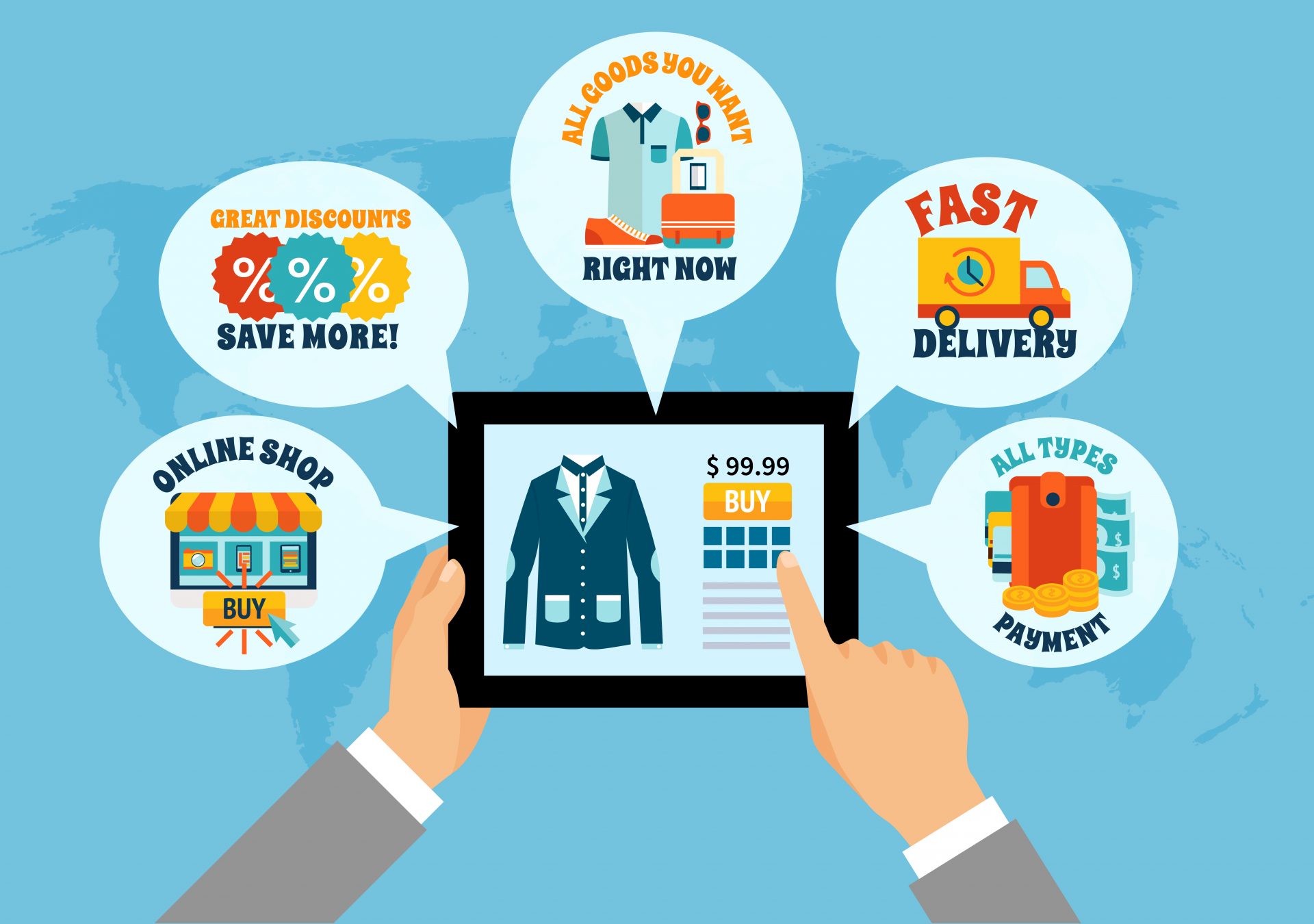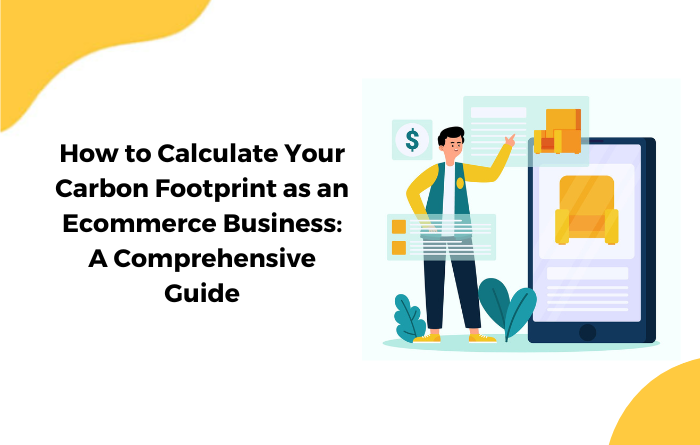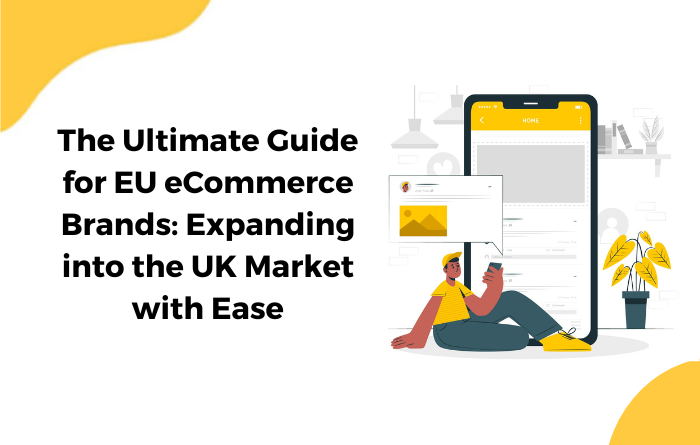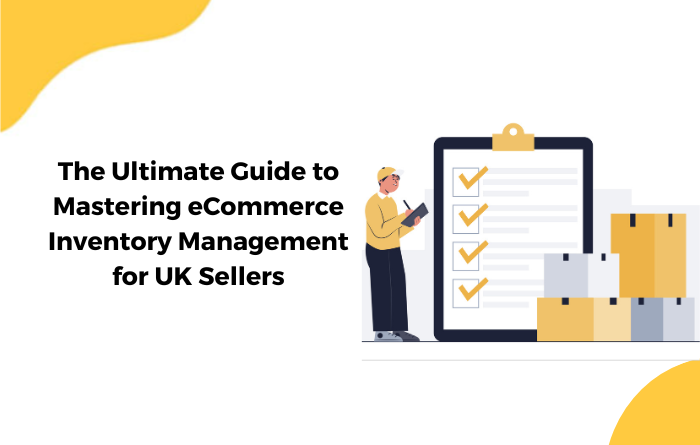
Essential Cash Flow Management Tips for Amazon FBA Sellers
Did you know that an astounding 82% of businesses close due to cash flow issues? Cash flow is often overlooked

As the ecommerce industry continues to grow, so does its environmental impact. More businesses are recognising the importance of calculating their carbon footprint to understand and mitigate their contribution to climate change. In this blog, we’ll explain what a carbon footprint is, why it’s important for your ecommerce business, and provide a step-by-step guide on how to calculate it. We’ll also discuss strategies to reduce your business’s carbon footprint and promote sustainability.
A carbon footprint is the total amount of greenhouse gas emissions (GHG) generated by a particular activity or organisation, expressed in carbon dioxide equivalents (CO2e). It’s a measure of the environmental impact of a business, product, or service and includes emissions from various sources such as energy consumption, transportation, and manufacturing processes.
Calculating your ecommerce business’s carbon footprint can provide several benefits, including:
Identifying areas for improvement: By understanding your business’s emissions, you can pinpoint specific processes or activities that have the most significant environmental impact and focus your efforts on reducing these emissions.
Enhancing your brand image: Demonstrating your commitment to sustainability and reducing your carbon footprint can help attract environmentally conscious customers and improve your brand’s reputation.
Compliance with regulations: As environmental regulations evolve, calculating and reporting your carbon footprint may become mandatory for businesses. By proactively addressing this issue, you can ensure compliance and avoid potential penalties.
Calculating your ecommerce business’s carbon footprint involves several steps:
Begin by identifying the emission sources within your business, including:
Energy consumption: electricity and gas usage in offices, warehouses, and data centres.
Transportation: emissions from shipping products to customers, transporting goods from suppliers, and employee commuting.
Manufacturing and packaging: emissions from producing the products you sell and the packaging materials you use.
Waste disposal: emissions from disposing of waste generated by your business, such as packaging materials and electronic waste.
Next, collect data on each emission source, including energy usage, transportation distances, and waste quantities. You may need to gather information from utility bills, transportation providers, and waste management services. If you don’t have access to exact data, you can use industry averages or estimates as a starting point.
Use the collected data to calculate your emissions using appropriate conversion factors or tools. The UK government provides a comprehensive set of conversion factors that can help you convert your data into CO2e emissions. Alternatively, you can use carbon footprint calculators available online to simplify the process.
Once you’ve calculated your emissions, analyse the results to identify the most significant contributors to your carbon footprint. This information will help you focus your efforts on reducing emissions in these areas and develop targeted strategies for improvement.
There are several ways to reduce your ecommerce business’s carbon footprint and promote sustainability:
Use eco-friendly, recyclable packaging materials to minimise waste.
Adopt minimalistic packaging designs that use fewer materials and require less energy to produce.
Consolidate shipments to reduce the number of deliveries and associated emissions.
Choose shipping providers with environmentally friendly practices, such as those that use electric vehicles or participate in carbon offset programmes.
Implement energy-saving measures in your offices, warehouses, and data centres, such as using LED lighting, installing smart thermostats, and adopting energy-efficient appliances.
Encourage employees to switch off electronic devices when not in use and utilise natural light whenever possible.
Consider using renewable energy sources, such as solar panels, to power your facilities.
Work with suppliers who prioritise sustainable practices, such as using eco-friendly materials, minimising waste, and reducing emissions during manufacturing.
Evaluate your supply chain and consider sourcing products and materials from local suppliers to reduce transportation emissions.
Promote sustainable practices among your customers, such as offering incentives for using reusable packaging or opting for slower, more environmentally friendly shipping options.
Educate customers about the environmental impact of their purchases and provide tips on how they can reduce their carbon footprint.
Calculating your ecommerce business’s carbon footprint is an essential step towards understanding your environmental impact and implementing strategies to reduce it. By adopting sustainable practices and focusing on areas with the highest emissions, you can reduce your carbon footprint, attract eco-conscious customers, and enhance your brand’s reputation.
If you need assistance with calculating your carbon footprint or implementing sustainable practices in your ecommerce business, we’re here to help. At Guide Hustle, we specialise in providing tailored accounting and advisory services for ecommerce brands, Amazon FBA sellers, Shopify sellers, and more. Contact us using the form below, and our team of experts will be happy to provide guidance and support to help you achieve your sustainability goals and grow your business.
Related Posts

Did you know that an astounding 82% of businesses close due to cash flow issues? Cash flow is often overlooked

Discover the Key Tax, Logistic, and Operational Factors to Consider when Selling in the UK Introduction: Greetings, fellow eCommerce enthusiasts!

Grasping eCommerce inventory management basics 🎢 Managing inventory effectively is the backbone of any thriving eCommerce business. But it’s not
©2023. All Rights Reserved by Guide Hustle